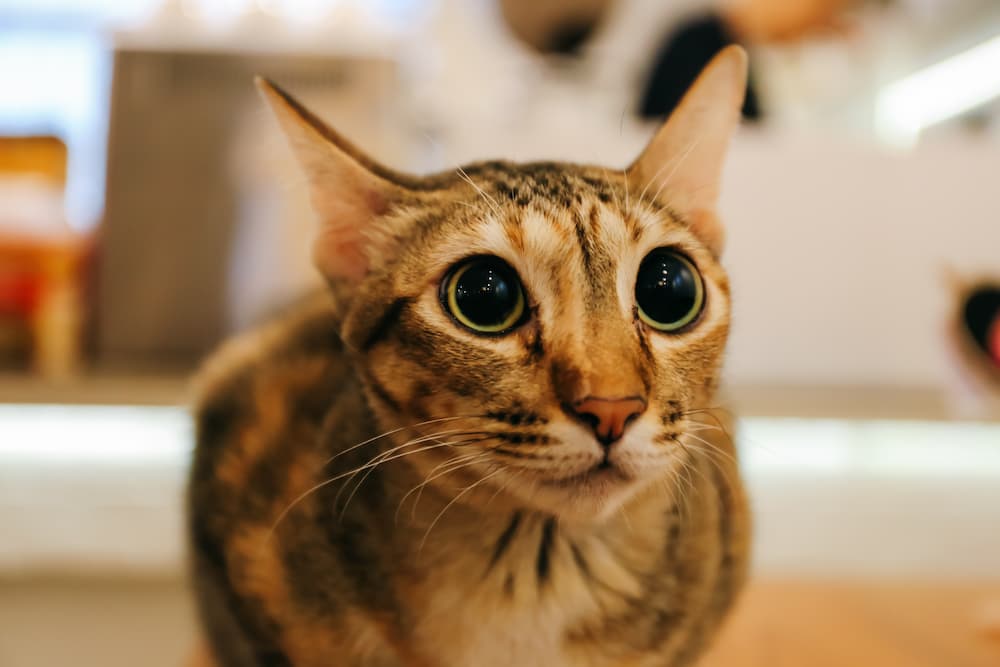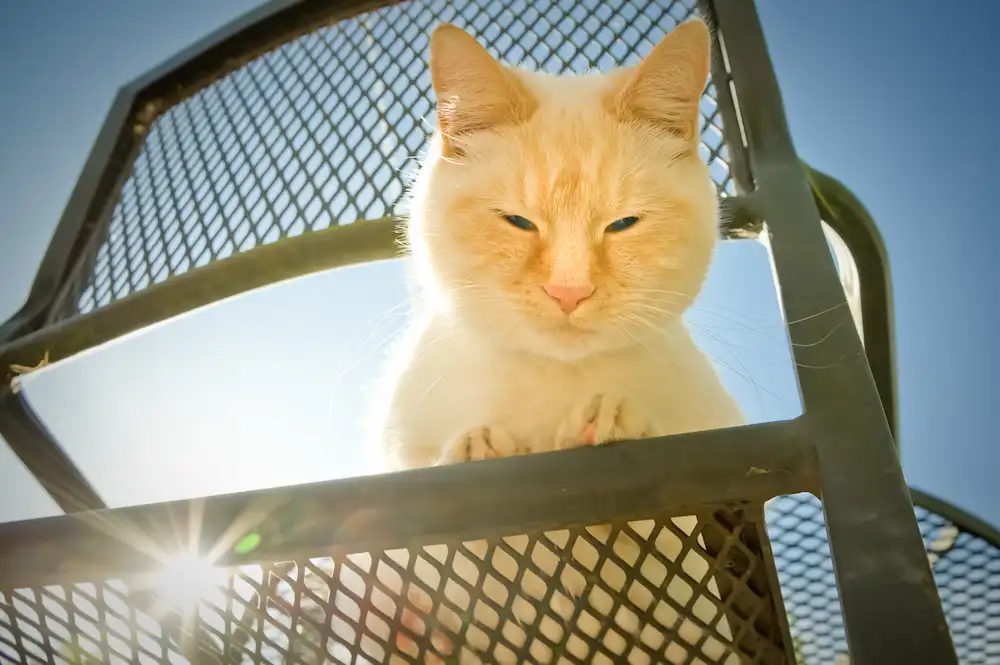August 18th, 2020 marks the 100th anniversary of the ratification of 19th amendment, granting all American women the right to vote. Now, you might be asking, what in the world does women’s suffrage — the right to vote — have to do with cats?!
You see, when suffragists were fighting for the right to vote, many men and women were opposed to it. Today that seems surprising. But they believed that having the right to vote would diminish a woman’s role as a homemaker and family caretaker. They felt so strongly about this, in fact, that they formed anti-suffragist organizations and created cartoons and newspaper advertisements to support their cause. These ads often featured animals to help make their point.

In those ads, women were perceived as passive, simple, and delicate and often quite often depicted as cats or with cats. (On the contrary, men were often shown as active and strong, alongside dogs.) In other ads, the men were shown stuck at home with the cat, implying the man’s loss of masculinity if their wives were allowed to vote.
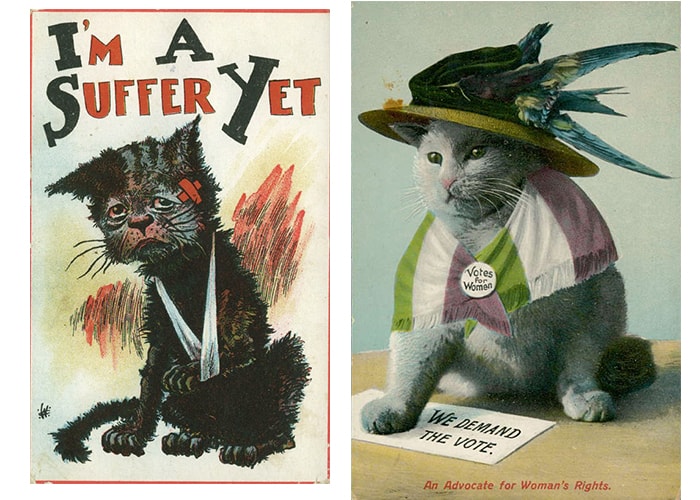
The Original Cat Ladies
Not to be outdone, the Suffragists took back the cat as their own symbol in 1916. Women had been fighting for the right to vote for over 60 years, but some of them felt the movement was losing steam. Long before the days of television, internet, and social media, they needed a way to garner national attention for their cause. For Nell Richardson and Alice Burke, the answer was to take a 5-month cross-country road trip in a two-seater car with their little black kitten, Saxon.
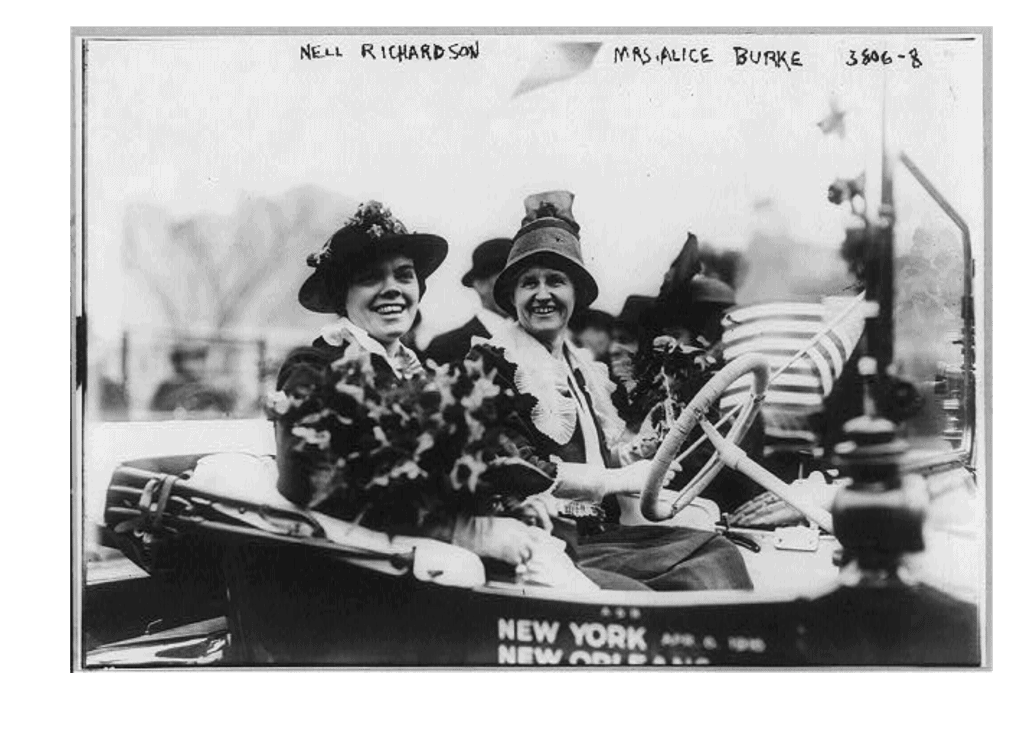
Sponsored by the National American Women Suffrage Association (NAWSA), Richardson and Burke traveled over 10,000 miles, stopping in New Orleans, Los Angeles, San Francisco, Seattle, Minneapolis, Chicago, Detroit, and countless tiny towns along their route, talking to people about their cause and catching the attention of people across the country who followed Saxon’s growth from town to town and came to see their car, “The Golden Flier” as a symbol of the women’s suffrage movement.
This was no small feat, in an era when few women actually drove cars, the roads were at times dirt or gravel, and cars were prone to breaking down!
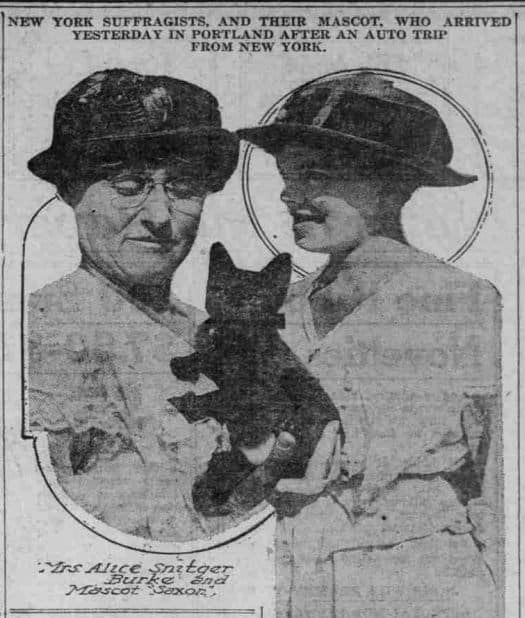
Over several months, the women spent long hours standing on street corners giving speeches about suffrage. Alice Burke commented that they were in the sun so often that they let their “noses blister and burn” and their “hair sizzle.” But they aren’t the only ones who endured the heat on that trip. Burke wrote in her diary:
“The little black kitten is suffering as much as we are from the heat, but he keeps under a cover, and all we can see around the corner of it is a pink nose and a youthful whisker.”
The path to equal suffrage would require many journeys by countless women and men from all over the country…and, as it turns out, at least one cat.




